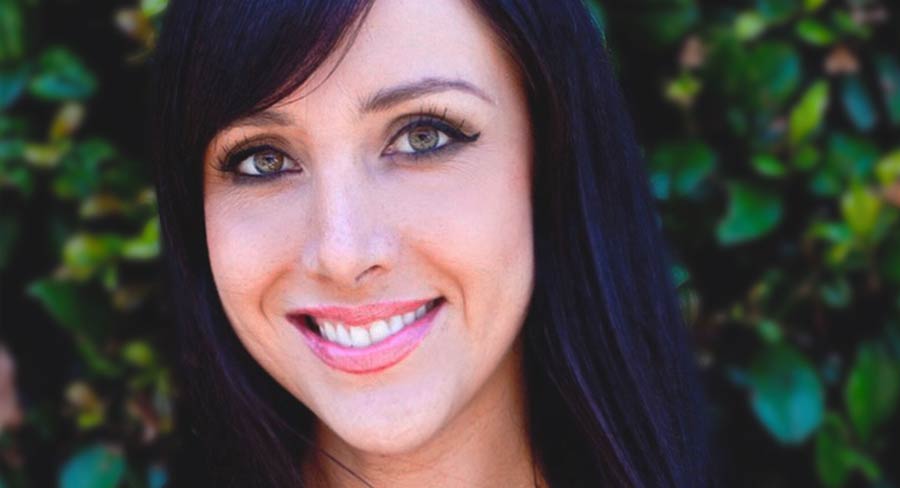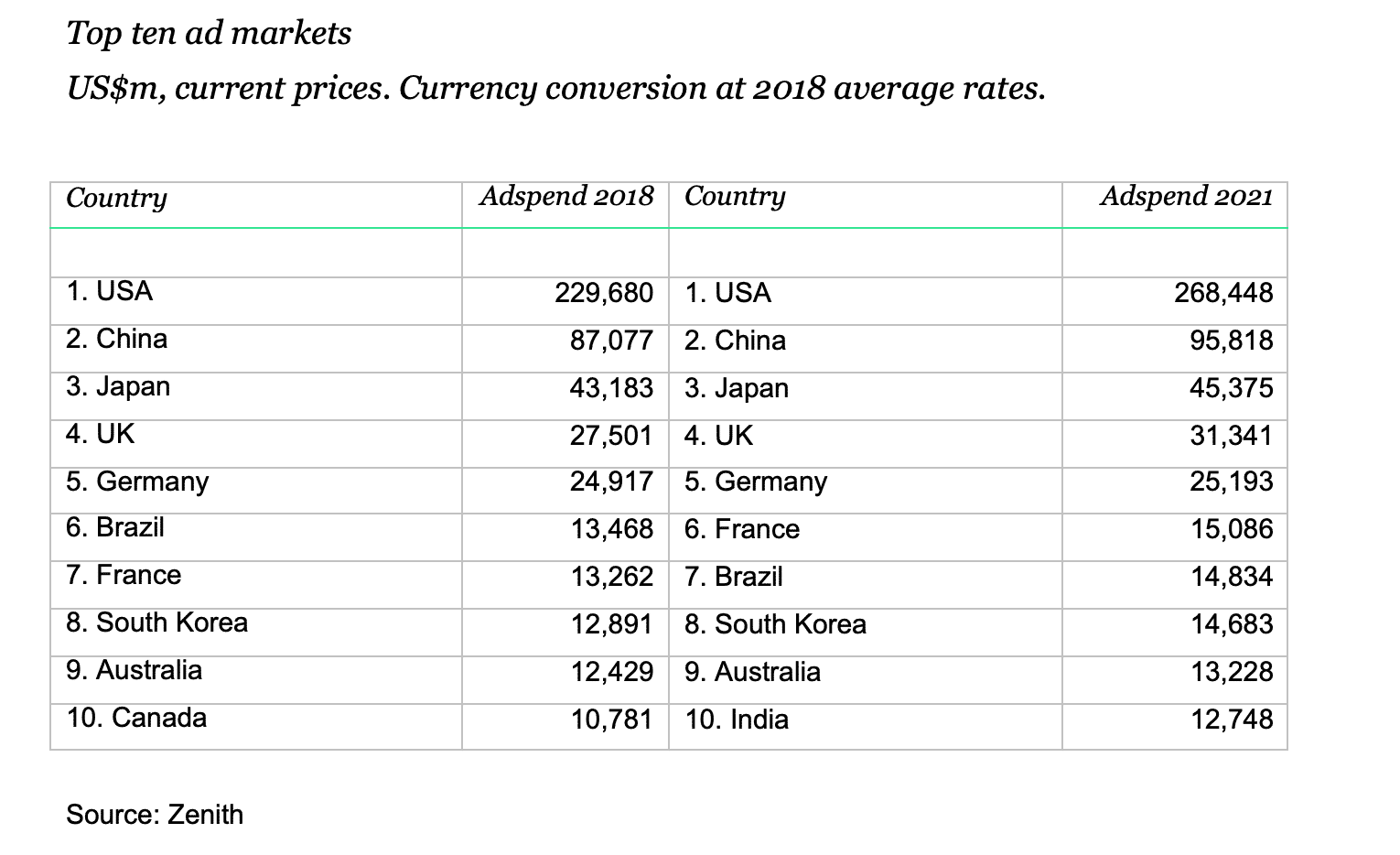Internet advertising will account for 52% of global advertising expenditure in 2021, exceeding the 50% mark for the first time, according to Zenith’s Advertising Expenditure Forecasts, published this week. That’s up from the 47% of global adspend that internet advertising will account for this year, and 44% in 2018.
However, the growth rate is falling rapidly as the internet ad market matures. Internet adspend grew 17% in 2018, but activity in the first half of 2019 leads Zenith to expect only 12% growth for the year as a whole. By 2021 Zenith expects internet adspend growth to have fallen to 9% year on year. The growth rate of the internet ad market is starting to converge with the growth rate of the market as a whole.
In Australia, internet market growth is expected to slow from 12% to 3% by 2021. Internet adspend grew 12% in 2018, but a softening of the ad market against a turbulent economic backdrop leads us to expect around 7% growth for 2019. Therefore in Australia, Zenith expects internet adspend growth to fall to an average of 5% year on year, for the next three years.
Global internet adspend growth is led by the overlapping channels of online video and social media, which are expected to grow at average rates of 18% and 17% a year, respectively, to 2021. These channels are benefitting from continued technological improvements to smartphone technology, connection speeds, and advertising targeting and delivery, combined with strong growth in investment in content. 5G technology, which launched in South Korea and the US in April and is starting to roll out elsewhere, will further improve brand experiences on these channels by making mobile connections much faster and more responsive.
Traditional media remains the priority for most big brands
Much of the growth in internet adspend is coming from small, local businesses that spend all their budgets on platforms like Google and Facebook, which offer simple, self-serve tools to manage campaigns, and highly targeted audiences. The fact that large numbers of small advertisers are spending all their budgets online means they are skewing the overall picture. The global average is made up of very many small advertisers that spend all their budgets online, and large advertisers that – on average – devote considerably less than half their budgets to it. Big brands are investing large sums in internet advertising, but the majority are still spending most of their budget in traditional media.
“The categories that have advanced the furthest in using modern digital channels are technology, media, finance and professional services,” said Matt James, Zenith’s Global Brand President. “And even within these, brands still rely on traditional media to create broad mass awareness and reinforce brand values.”
Some traditional media face tough competition
Within the traditional media, print has long been in decline as online alternatives have taken their readers and advertisers. The ad revenues of printed newspapers and magazines peaked at US$164bn in 2007 and will total just US$70bn this year.
Broadcast television is now beginning to shrink, though not nearly on the same scale: Zenith forecasts traditional television ad revenues to shrink every year from now to 2021, falling from US$184bn in 2018 to US$180bn in 2021.
Other traditional media are more healthy.
Radio is increasing its ad revenue by 1% annually.
Out-of-home contractors continue to expand their digital display networks, contributing to 4% annual growth in their revenues.
Cinema, though accounting for a tiny 0.8% of total adspend, is growing at 12% a year, thanks mainly to a boom in the popularity of cinema in China.
Zenith forecasts Australian adspend to grow by 3% this year, reaching AU$17,192m. That’s aligned with the March growth forecast, but reflects a heavier uptake of internet and a steeper decline in TV revenues. Growth in 2018 was 6%, up from Zenith’s last estimate of 3.2%, creating a tougher comparative for 2019.

Elizabeth Baker
Elizabeth Baker, Zenith’s head of investment, Sydney, said: “Australia is ahead of curve in relation to digital share of ad spend, achieving the 50% level back in 2017, and will edge closer to the 60% share level over the next few years. The original catalyst for digital spend growth was the transition of print classifieds into online. Today, the fastest growing channel is video, which now represents 8% of the total ad market. The mobile platform is also a growing category and now accounts for a quarter of all advertising spend. We anticipate that this will only increase with the launch of 5G in Australia sometime later this year.”

